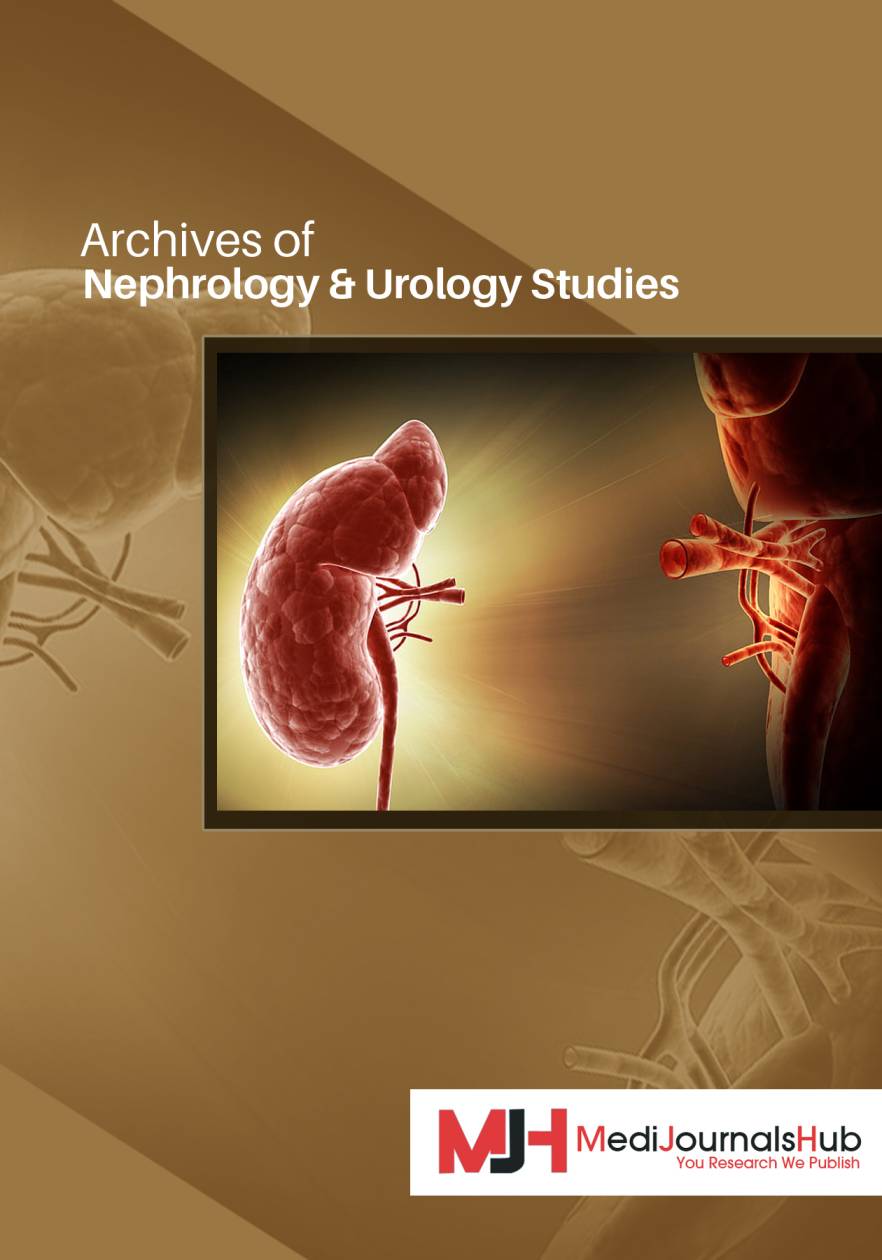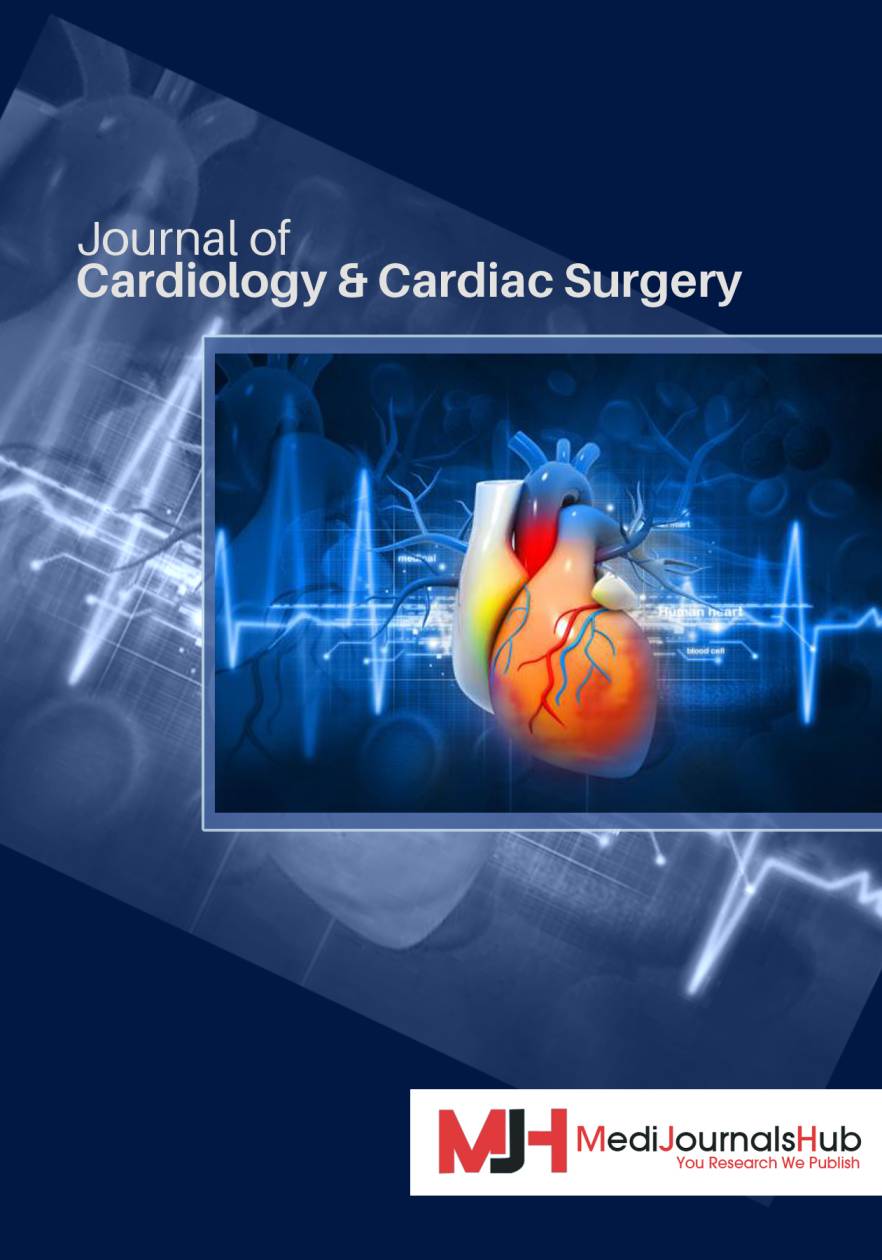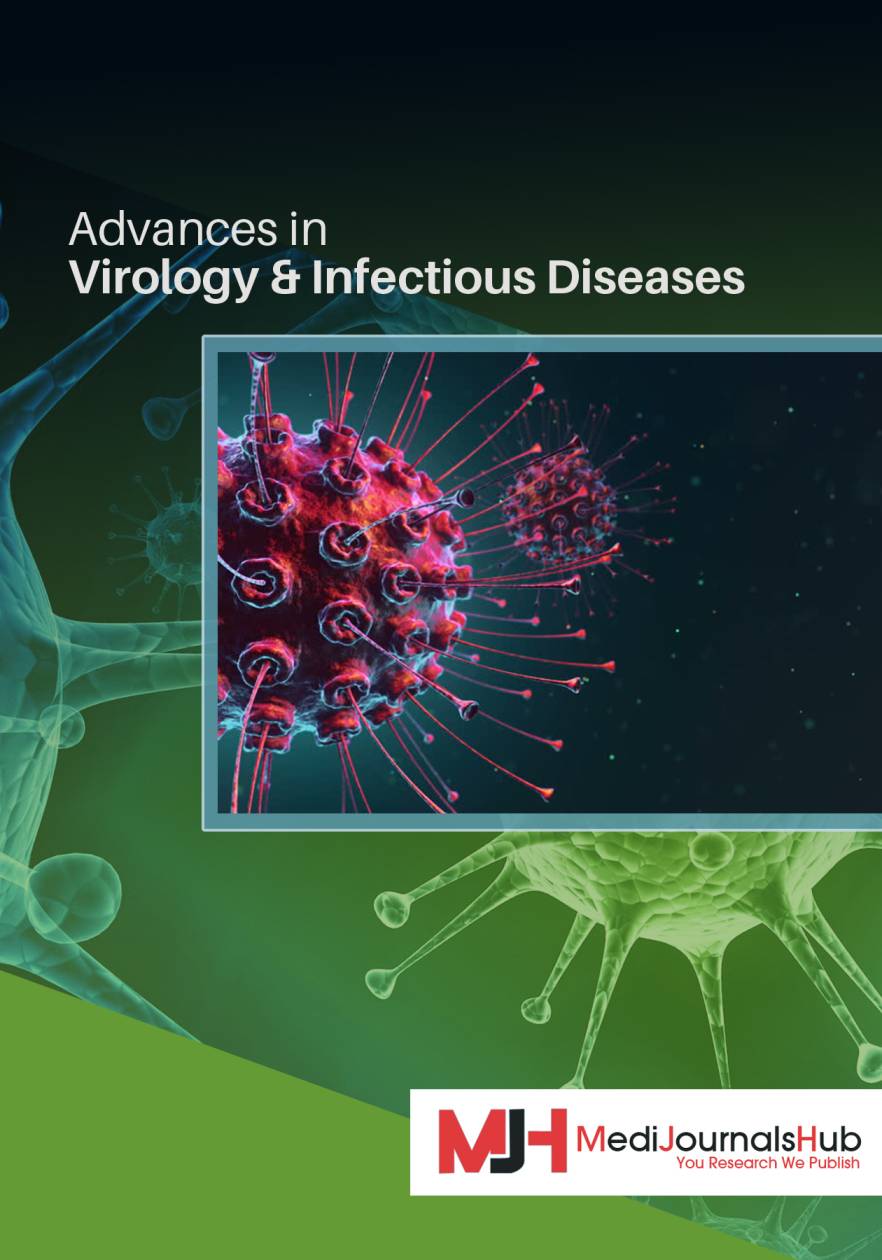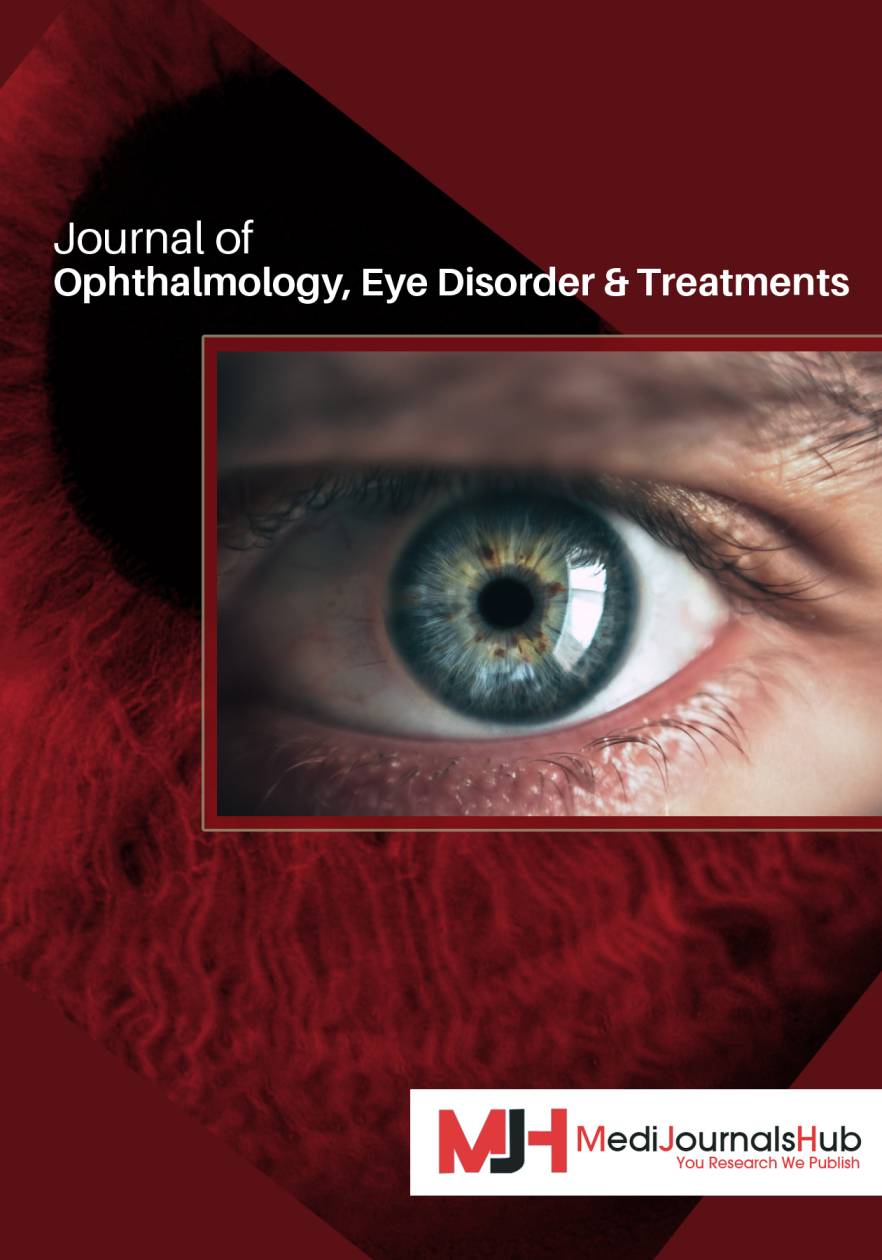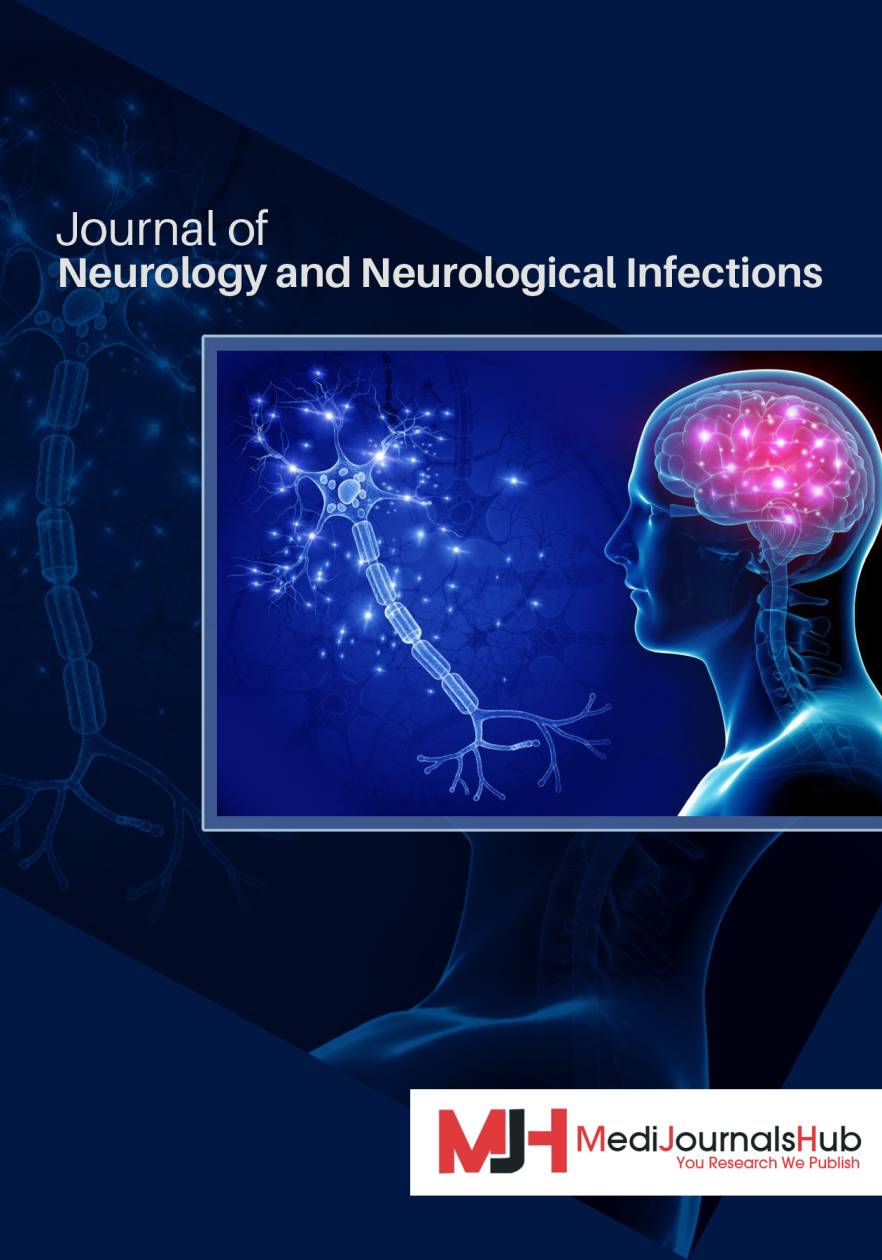- Open-Access Publishing
- Quality and Potential Expertise
- Flexible Online Submission
- Affordable Publication Charges
- Expertise Editorial Board Members
- 3 Week Fast-track Peer Review
- Global Visibility of Published Articles
Paper Submission Guidelines
The MediJournalsHub publishes all types of articles of outstanding medical importance. We will consider manuscripts of any length; we encourage the submission of both substantial full-length bodies of work and shorter manuscripts that report novel findings that might be based on a more limited range of experiments.
Submit your manuscript at https://www.medijournalshub.com/submit_manuscript or send as an E-mail attachment to submissions@medijournalshub.org
The journal follows a single-blind peer-review process and upon the authors’ request, we facilitate the double-blind peer-review process.
Open Access Policy
All research articles published in MediJournalsHub Open Access journals are fully open access: immediately freely available to read, download and share
Public Access Policy
According to NIH Public Access Policy, we will submit articles funded by National Institutes of Health (NIH) and other Federal agencies to PubMed Central (PMC) immediately after publication in the journal.
Plagiarism Analysis
If plagiarism is detected by Quality Control Team/ Editorial Board Members/Reviewers at the time of Manuscript Submission Confirmation or in any stage of manuscript processing then the authors are alerted by email and asked to rewrite the content. In case 25%-30% of the paper is found to be plagiarized the the article is liable to be rejected and the same is notified to the author by email.
Types of Articles
We are committed to publish quality articles and requests authors to submit any articles of following classification.
1. Research Articles
Articles with new findings/innovations in the topic of research. It should contain Article title, Author affiliations, Corresponding author details, Abstract, Keywords, Introduction, Materials and Methods, Results and Discussion, Conclusion and References.
2. Review Articles
Articles which summarizes the existing research in the topic. It should contain Article title, Author affiliations, Corresponding author details, Abstract, Keywords, Introduction, Materials and Methods, Discussion, Conclusion and References.
3. Case Reports
Case reports contain a medical profile of the patient for sharing an unusual or novel occurrence for medical, scientific, or educational purposes. It is a detailed report which contains demographic profile of the patient. The article should be within 2000 words excluding references. It should contain Title, Author affiliations, Corresponding author details, Abstract, Keywords, Case Presentation, Discussion/Conclusion, References.
4. Short Communication
Short communications are the one that should present new important findings in a brief form. It should contain Article title, Author affiliations, Corresponding author details, Abstract, Keywords, Introduction, Discussion and References.
5. Clinical Trials:
Clinical trials are research studies performed in people that are aimed at evaluating a medical, surgical, or behavioral intervention.
6. Special Issue Articles:
A special issue publication is a group 10-15 articles on a specific theme, and a special issue article should contain a maximum of 4000-5000 words, with no limit on the number of references, pages, and images being used.
7. Editorials
Editorial articles are written on any theme relevant to the Journal within 1200 Words excluding References. These articles contain Title, Author affiliations, Corresponding author details, description and References.
8. Letter to Editor
Letters sent to a publication about issues of concern from its readers. These are often written about original research paper. It should contain Title, Author affiliations, Corresponding author details, Description and References
Article Preparation Guidelines:
All the manuscripts that are submitted to Medi Journals Hub Journals need to be submitted in the following format:
Cover letter: Authors are requested to submit a cover letter mentioning the journal name with the declaration that the article has not been published or being considered anywhere else.
Paper Title: The title should be in upper case, specific and concise.
Author(s): Author names are to be mentioned as First name, Middle name, Last name.
Affiliation(s): Author Affiliations must be provided as: Department, University/Research Institute, Country.
Corresponding author: Corresponding author should be designated using Asterisk (*) symbol and equally contributed authors should be designated using Hash (#) symbol. Contact information including Telephone number, Fax number (if having) and E-mail address of the corresponding author must be provided.
Abstract: The Article should contain an abstract. The abstract should state briefly the purpose of the research, the principal results and major conclusions. The abstract should be self-contained and citation-free and should not exceed 300 words.
Keywords: Please provide 4 to 6 keywords which can be used for indexing purposes
Introduction: To explain the background work, the practical applications and the nature and purpose of the paper.
Materials and Methods: The materials and methods must be described in detail all the materials that have been used to conduct a study as well as the procedures that are undertaken. In materials and methods, references should be given, together with a brief outline.
Results: In this section, authors should provide complete details of the experiment that are required to support the conclusion of the study. It can be divided into multiple sections with clear headers.
Discussion: This section interprets the importance of the outcomes in the research; avoid repeating the same outcomes and using extensive citations. Authors can combine the results and discussion if necessary, but it should be clear and concise. Here, authors can emphasize on the limitations of the study.
Conclusion: To summarize your main points of evidence for the reader.
Ethical Statement: If your research includes any human or animal experiment, kindly provide a statement regarding the obtained consent from the patients. Authors must provide the name of the ethical approval committee/Institutional Review Board they have obtained consent from along with approval number/ID. They should confirm that the study was conducted in accordance with Helsinki Declaration as revised in 2013.
Conflicts of Interest: Authors should declare if any conflict of interest exists among the authors or their institutions. If there are no conflicts of interest, then that too must be stated.
Funding information that explains whether and by whom the research was supported
Acknowledgments of people, grants, funds, etc. should be placed in a separate section on the title page. The names of funding organizations should be written in full.
References: References must be listed at the end of the paper. Do not begin them on a new page unless this is absolutely necessary. Authors should ensure that every reference in the text appears in the list of references and vice versa.
Some examples of how your references should be listed are given at the end of this page in the Reference section. These will allow you to assemble your reference list according to the correct format and font size.
1. Lovegrove JA, Griffin BA, Juturu, et al. 2013.The acute and long-term effects of dietary fatty acids on vascular function in health and disease.CurrOpinClinNutrMetab Care. 16: 162-167.
2. Clark T, Woodley R, De Halas D, et al. 1962. Gas-Graphite Systems, in “Nuclear Graphite”In: Nightingale R (Ed). Academic Press. 22: 387-395.
Figures: Authors should include all figures and tables in the word file along with the manuscript. Figures can be submitted in Bitmap formats such as PNG,TIFF, GIF, JPEG, etc. Figure legends must be mentioned below each figure at the end of manuscript and figure numbers must be mentioned in the body text sequentially. Each figure should have a separate legend and must be provided as a separate section of the manuscript after the references.
Tables: Authors should cite all the tables in the manuscript in a sequential order and table legends must be provided for each table. Authors should provide tables in an editable format i.e. either in word or excel. In case of numerical measurements, units should appear in parentheses in the column headings. Footnotes to tables should be typed below the tables and should be referred to by superscript lowercase letters..
Equations and Formulas: For mathematical symbols, Greek letters and other special characters, use normal text or symbol font.
Supplementary Information: Supplementary information is usually provided as an essential background to the article and which is not essential for inclusion, in the full text of the manuscript. The supplementary information should not contain any figures and it may have Supplementary tables. Supplementary information is published as a separate pdf along with manuscript.
License and Copyright
All the articles published in the journals of MediJournalsHub are Open Access and the Copyright for the articles are retained by the authors. All articles published by MediJournalsHub are distributed under the terms of the Creative Commons Attribution License 4.0, which permits unrestricted use, distribution, and reproduction in any medium, provided that the original work is properly cited.
If you have any question related to the Copyright of an article published by MediJournalsHub, please mail us at contact@medijournalshub.org

